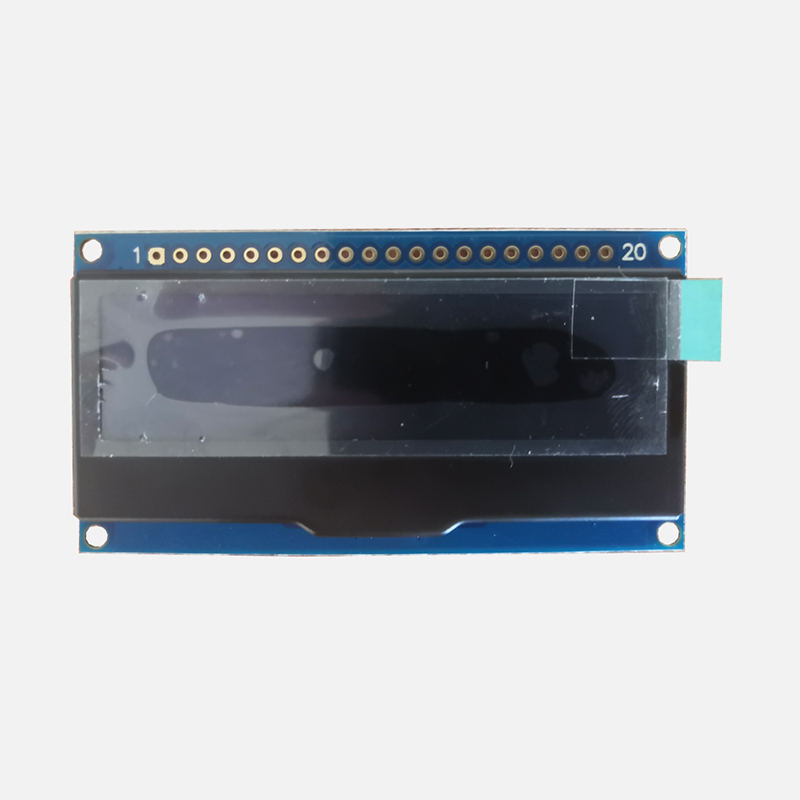In the dynamic realm of display technologies, the choice between TFT Display and OLED Display is a pivotal decision that profoundly impacts the visual experience of electronic devices. This article delves into a detailed comparison, aiming to guide you in making an informed choice tailored to your specific needs.

TFT Display technology bolstered by thin-film transistor architecture, has earned its reputation for delivering robust and reliable performance. Characterized by a stable and consistent display, TFT technology is well-suited for applications where reliability is paramount. This makes TFT displays a preferred choice in industries where the integrity of the visual output is non-negotiable.
For projects emphasizing cost-effectiveness without compromising quality, TFT Display Modules shine. The manufacturing processes for TFT displays have been streamlined for mass production, resulting in economies of scale that make them an attractive option for applications requiring large quantities of displays.
TFT Displays come equipped with a backlight, ensuring enhanced visibility in well-lit environments. This feature makes them ideal for applications such as outdoor displays, automotive dashboards, and industrial settings where ambient light may pose a challenge to other display technologies.
OLED Display Modules stand out with their ability to deliver unmatched contrast and vibrancy. Each pixel emits its own light, allowing for true blacks and vibrant colors, creating an immersive visual experience. For applications where visual brilliance is paramount, OLED Displays take the lead.
A distinctive feature of OLED technology is its flexible and thin design. Unlike TFT displays, OLEDs can be manufactured on flexible substrates, enabling the creation of curved and bendable screens. This flexibility opens up new possibilities for innovative product designs, particularly in industries where aesthetics and form factor play a crucial role.
OLED technology introduces pixel-level control, where each pixel can be individually turned on or off. This precision translates to superior power efficiency, especially when displaying darker images. Devices with OLED displays tend to have longer battery life, a critical factor in the world of portable electronics.
The decision between TFT and OLED Display Modules hinges on the specific requirements of your project. If stability, cost-effectiveness, and visibility in bright environments are your priorities, TFT Displays emerge as a solid choice. On the other hand, if you seek unparalleled contrast, vibrancy, and the flexibility of design, PMOLED Displays stand out as the pinnacle of visual brilliance.
In conclusion, the TFT Display vs. OLED Display debate is not about determining a universal winner but about understanding the unique strengths each technology brings to the table. By evaluating your project's needs, you can tailor your visual experience to align with your goals. Whether you opt for the stalwart stability of TFT or the visual brilliance of OLED, the power to enhance your display lies in your hands.
Copyright:@2020-2021
Comments Please sign in or sign up to post.
0
0 of 500 characters used